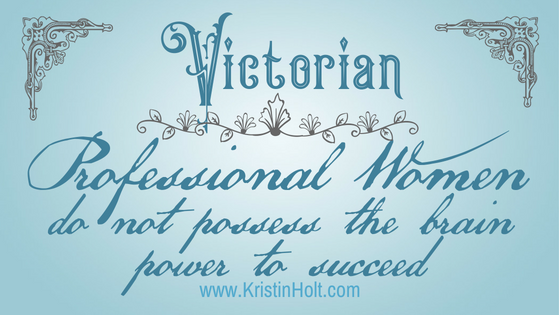
by Kristin Holt | Jun 16, 2018 | Articles
Nineteenth Century popular belief–wholly supported by Medical Doctors’ and scientists’ claims–genuinely believed that educating females in the same manner as males invited an entire host of disastrous results. Those terrifying results included everything from destruction to the woman’s reproductive system, mental breaks (yes, insanity!), and a long list of physical diseases. Because the vast majority believed these consequences to be true, women weren’t allowed to seek education in a male-dominated classroom. The battle over co-education continued long after the late 19th Century for these reasons. Not only was the woman’s mind and body at terrible risk, should she be educated like a male, but everyone knew a female mind couldn’t take in significant learning.
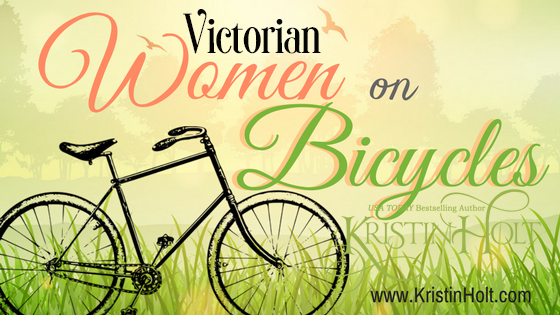
by Kristin Holt | Feb 18, 2017 | Articles
Though American Victorian women took to the safety bicycle in droves, newspaper and public notices of the day show that women on bicycles were not widely accepted. A public service announcement from The Woman’s Rescue League proclaimed that women on bicycles were immoral, vulgar, disease-ridden, and unwomanly. Such attitudes didn’t keep women from their bicycles, and with the advent of the new Safety Bicycle, women such as my character, Sophia Sorensen (Sophia’s Leap-Year Courtship), took to cycling and had no interest in forfeiting the exercise and transportation.
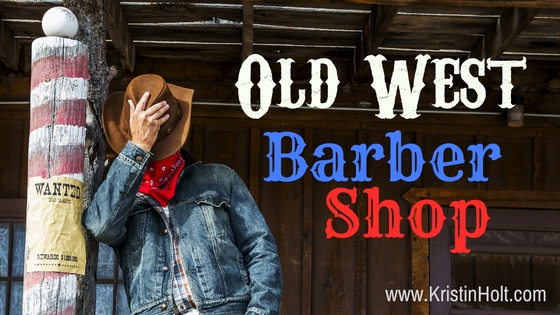
by Kristin Holt | Sep 23, 2016 | Articles
Old West Barber Shops used the traditional sign of the striped pole, advertised in newspapers, and usually hired men. Comparing for time passage and inflation, the low rates barbers charged then still seem ridiculously low. This is the first of many posts about Old West Barber Shops and Ladies Hair Salons.
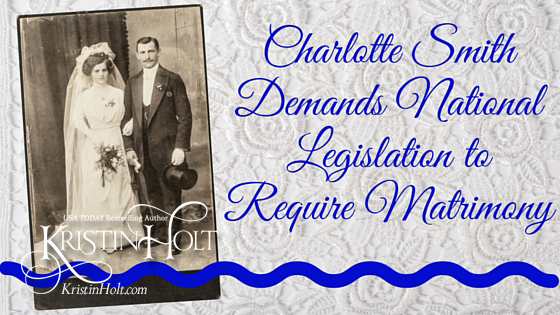
by Kristin Holt | May 9, 2016 | Articles
I endorse newspaper articles as an original source in researching Victorian-era America. Yet while I trust–for the most part–newspaper articles to be a reasonable representation of attitudes, circumstances, happenings, and differing opinions, I’m well aware that not everything in print is fact…at least as presented.
I came across newspaper articles mentioning Mrs. Charlotte Smith, presented as a rather ridiculous woman seeking legislation to force marriage upon the matrimony unencumbered. Three such articles follow, all of which are from credible, well-respected newspapers of the late nineteenth century. At the bottom, I’ll share more of who Mrs. Charlotte Smith was, the platforms she supported, the work she did–and cast an entirely different light on her nature than these newspaper reporters suggest.
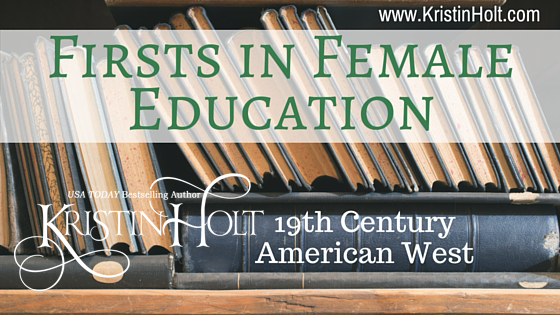
by Kristin Holt | Aug 15, 2015 | Articles
Our Victorian sisters worked tirelessly for equal rights in so many ways, including the right for an equal education and career choices. A list of 13 predominate FIRSTS in Female Education, 19th Century American West.













